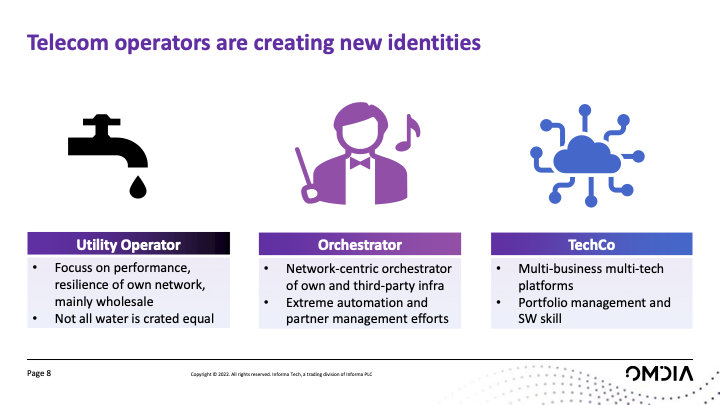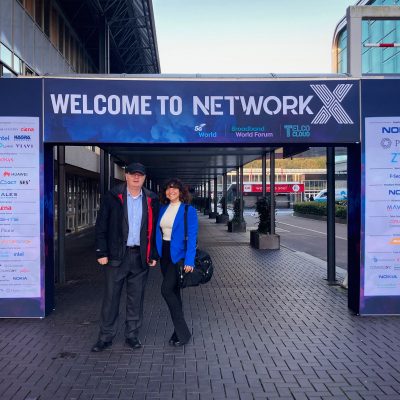Here I wanted to share my impressions and some takeaways from this year’s Network X event. Network X is one of the most comprehensive telco events in the world which took place in October at the Rai, Amsterdam with around 4000 visitors. Under the umbrella of Network X they brought together the Broadband World Forum, 5G World and Telco Cloud events. Bringing these events under one roof seems very appropriate as it reflects the fact that these worlds are merging. However, having been able to follow the various streams I did hear people comment on how it was quite hard to orientate yourself as there was so much to choose from it was difficult to know what to pick.
Regarding mobile or fixed networks, the telco industry needs to appreciate that networks are now becoming dynamic and programmable, which means a network might be set up, run and shut down for an event or for limited use cases. Building and provisioning a network once is no longer standard practice as the service needs to be mastered on a continuous basis which is often referred to as Orchestration. Inmanta, a client of ours is a Gartner Cool Vendor best-of-breed provider of such intent-based orchestration. It’s important that operators take ownership of orchestration as presented by Dario Talmesio in his opening headliner remarks on the first day.

It was interesting to hear for the first time a real comparison between WIFI and Mobile Private Networks. Sowmyanaryan Sampath from Verizon stated that in the port of Southampton they had replaced 200 WIFI AP with 10 5G AP. This change would mean that providing wireless connectivity would be safer, easier to maintain and have a lower energy consumption footprint.
I am all for fibre as it is more durable and has a reduced environmental footprint than traditional alternatives. Apart from the production of fibre, we do also need to particularly consider the implementation challenges in urban areas. It is very expensive and difficult however, with an evolutionary approach we would be able to supercharge both telephony lines (twisted pair) and coax cables to achieve GB speeds in homes for which there are already solutions. This would be a pragmatic approach with fibre being introduced at a later stage where there are higher bandwidth requirements.
For example, as in my case, if you jump from 30/10 MB links to 1GB/ 100MB links per household, which is a 30X increase in bandwidth and then multiply this by the number of users, you start to appreciate the pressures there are to update the infrastructure and network plumbing. This is a massive undertaking and needs technological innovations, funding and building out which also takes a lot of time.
Another important operator initiative highlighted by both operators and vendors is the prpl foundation, with the objective to create an open-source gateway CPE with common API’s. Going forward compliance will be a requirement for operator RFP’s with the objective being to drive down costs and allow interoperability which some might argue reduces the ability for vendors to differentiate.
Beyond connectivity, operators are also having to extend their support into homes as a large part of the market assumes that the operators are responsible for the connectivity quality in their homes which is now predominantly WIFI. Several vendors such as Plume and Lifemote are providing the technology for this and Deutsche Telekom has built their own in-house capability to provide the operator with the know-how via diagnostics installed on the router to remotely help identify steps to optimise WIFI per user. Taking this concept one step further, this could be extended to help with further IT problems within the home and could present additional revenue for operators.
Perhaps it relates to Inmanta meetings I was involved with but regarding new services, any fixed broadband provider should be thinking about capturing new revenue streams by extending their fixed private networks to Mobile Private Networks. This then represents the opportunity for service providers to up their game to be a one-stop shop for enterprises who both have fixed and mobile needs.
I am sure I missed some very interesting stuff and feel free to share.
By Ian Ginn

